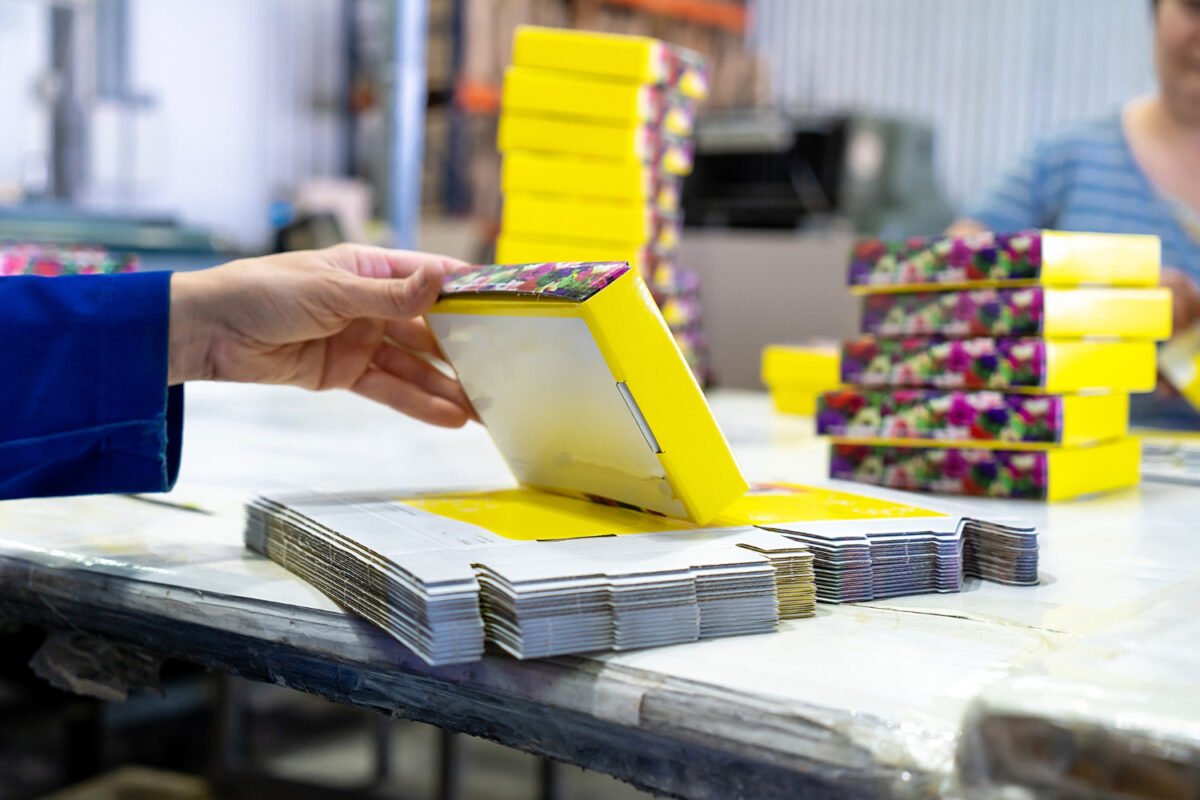Printing and Packaging
Printing and Packaging Requirements
Understanding Printing and Packaging Requirements
In today’s competitive market, businesses are constantly seeking ways to stand out and leave a lasting impression on their customers. One crucial aspect of achieving this is through effective printing and packaging. Whether you’re launching a new product, revamping your brand, or simply looking to enhance your company’s image, understanding printing and packaging requirements is essential. In this guide, we’ll explore the significance of printing and packaging, key considerations, and best practices to ensure success.
The Importance of Printing and Packaging:
Printing and packaging play a pivotal role in shaping consumers’ perceptions of a product or brand. It serves as the first point of contact between the customer and the product, making it a powerful marketing tool. Well-designed packaging not only protects the product but also communicates vital information such as brand identity, product features, and benefits.
Key Considerations for Printing and Packaging:
-
Brand Identity: Your packaging should reflect your brand’s identity and values. Consistency in design elements such as colors, logos, and fonts helps reinforce brand recognition and loyalty.
-
Product Protection: Packaging should provide adequate protection to the product during transportation and storage. Consider factors like durability, size, and material to ensure optimal protection.
-
Regulatory Compliance: Ensure that your packaging complies with relevant industry regulations and standards. This includes labeling requirements, safety certifications, and environmental considerations.
-
Consumer Appeal: Your packaging should resonate with your target audience and entice them to make a purchase. Factors such as visual appeal, tactile experience, and shelf presence can influence consumer buying decisions.
-
Sustainability: With increasing environmental consciousness among consumers, sustainable packaging solutions are gaining traction. Explore eco-friendly materials and design options to minimize environmental impact.
Best Practices for Printing and Packaging:
-
Quality Printing: Invest in high-quality printing techniques to achieve crisp, vibrant designs that captivate consumers’ attention. Choose printing methods such as offset printing, digital printing, or flexography based on your requirements and budget.
-
Creative Design: Collaborate with experienced designers to create visually striking packaging that tells a story and connects with your target audience. Experiment with innovative shapes, textures, and finishes to differentiate your product on the shelves.
-
Customization: Personalized packaging adds a touch of exclusivity and reinforces brand loyalty. Consider offering customization options such as personalized messages, custom labels, or limited-edition packaging to enhance the customer experience.
-
Consistency Across Channels: Maintain consistency in packaging design across different marketing channels, including e-commerce platforms, retail stores, and social media. This ensures brand coherence and reinforces brand recall among consumers.
-
Testing and Feedback: Conduct thorough testing and gather feedback from target consumers to evaluate the effectiveness of your packaging. Iterate based on insights gathered to continuously improve and refine your packaging strategy.
In conclusion, printing and packaging requirements are integral components of a successful marketing strategy. By understanding the importance of effective packaging, considering key factors, and implementing best practices, businesses can elevate their brand image, enhance customer engagement, and drive sales. Investing in quality printing and packaging not only adds value to your products but also strengthens your brand presence in the marketplace.


